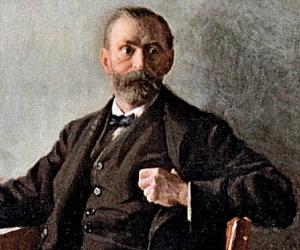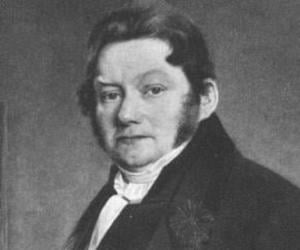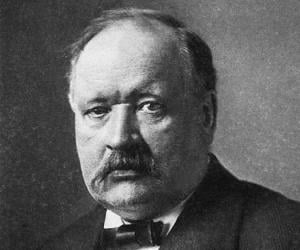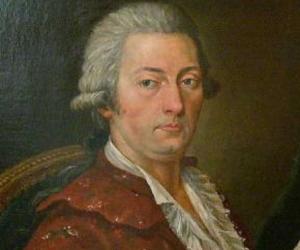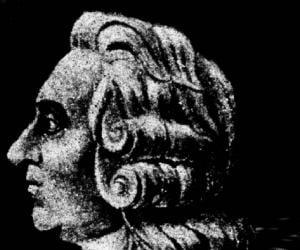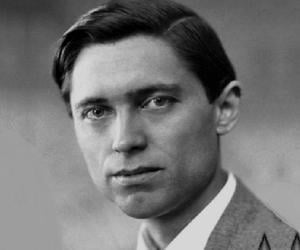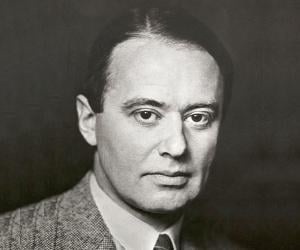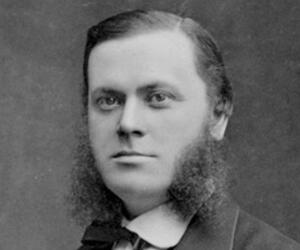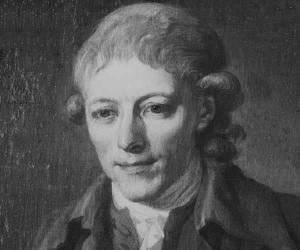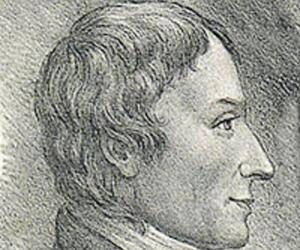1
Alfred Nobel
(Swedish Chemist, Engineer, and Inventor Who Invented Dynamite)
Birthdate: October 21, 1833
Sun Sign: Libra
Birthplace: Stockholm, Sweden
Died: December 10, 1896
Alfred Nobel was a Swedish chemist, inventor, engineer, and businessman known for inventing dynamite and bequeathing his fortune to establish the Nobel Prize. He held 355 patents in his lifetime and was fluent in six languages. Nobel founded Bofors, a company that became a major manufacturer of cannons and armaments. His inventions include dynamite, gelignite, and ballistite. He donated his fortune to fund Nobel Prizes, which annually recognize individuals who have made significant contributions to humankind.
